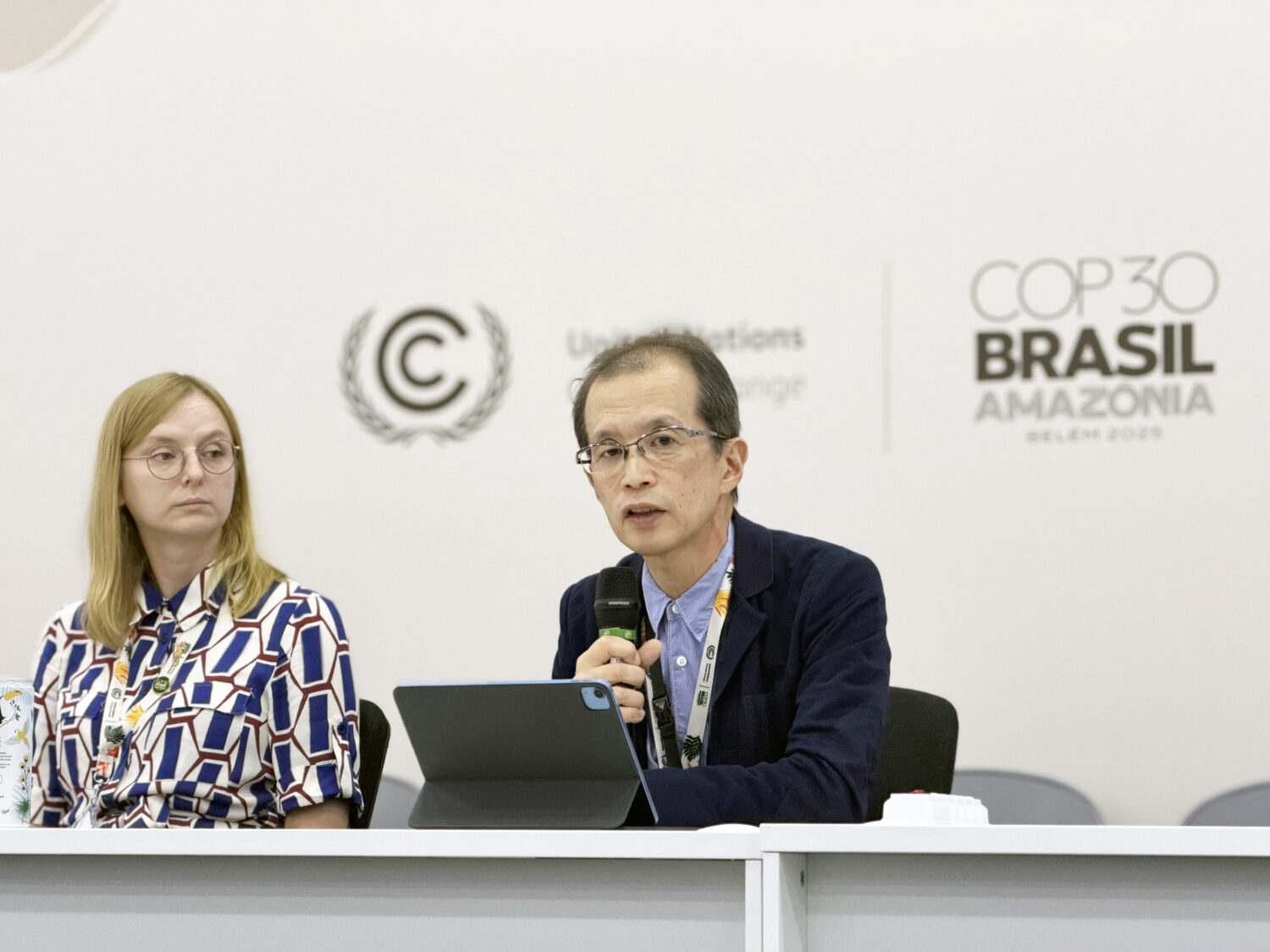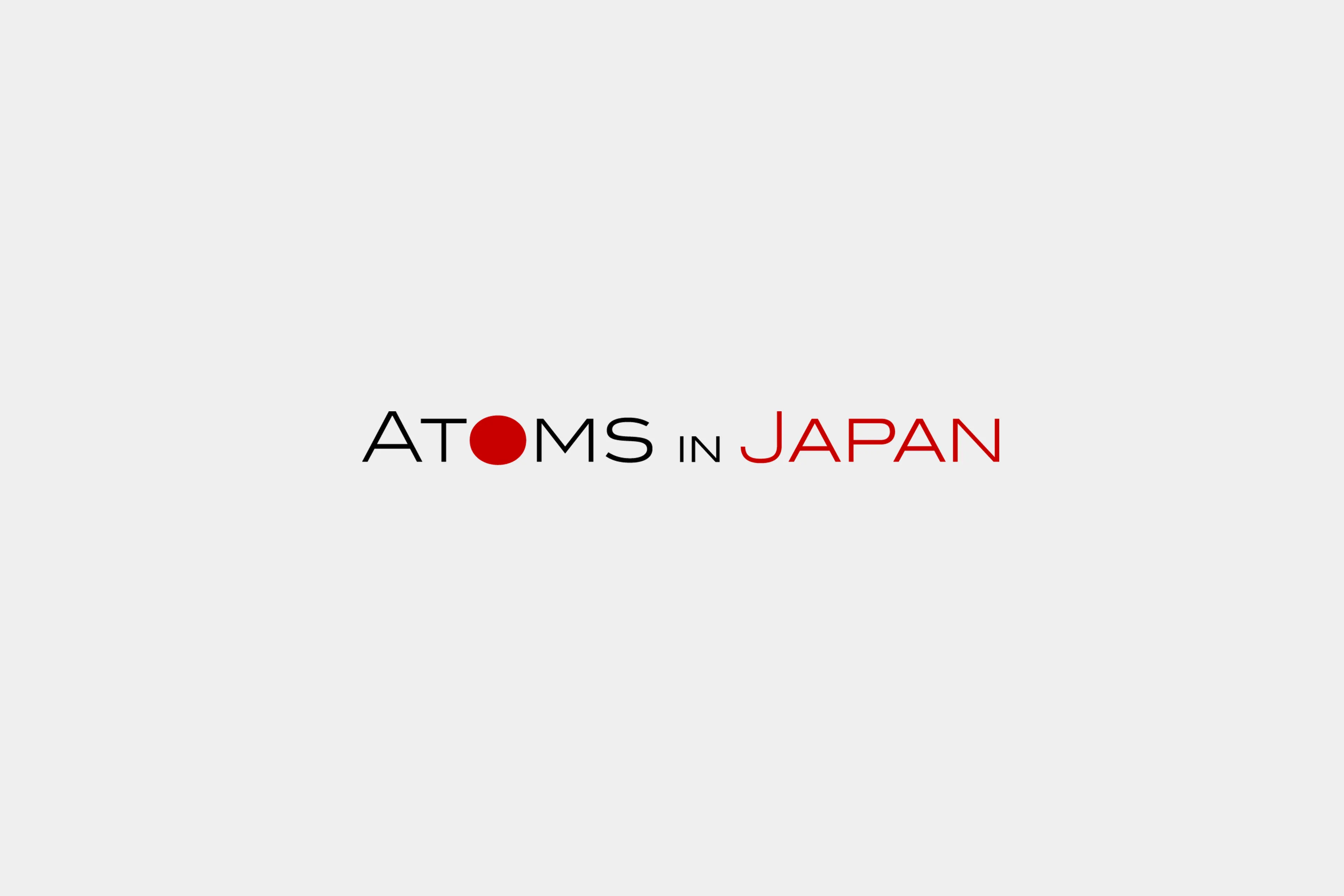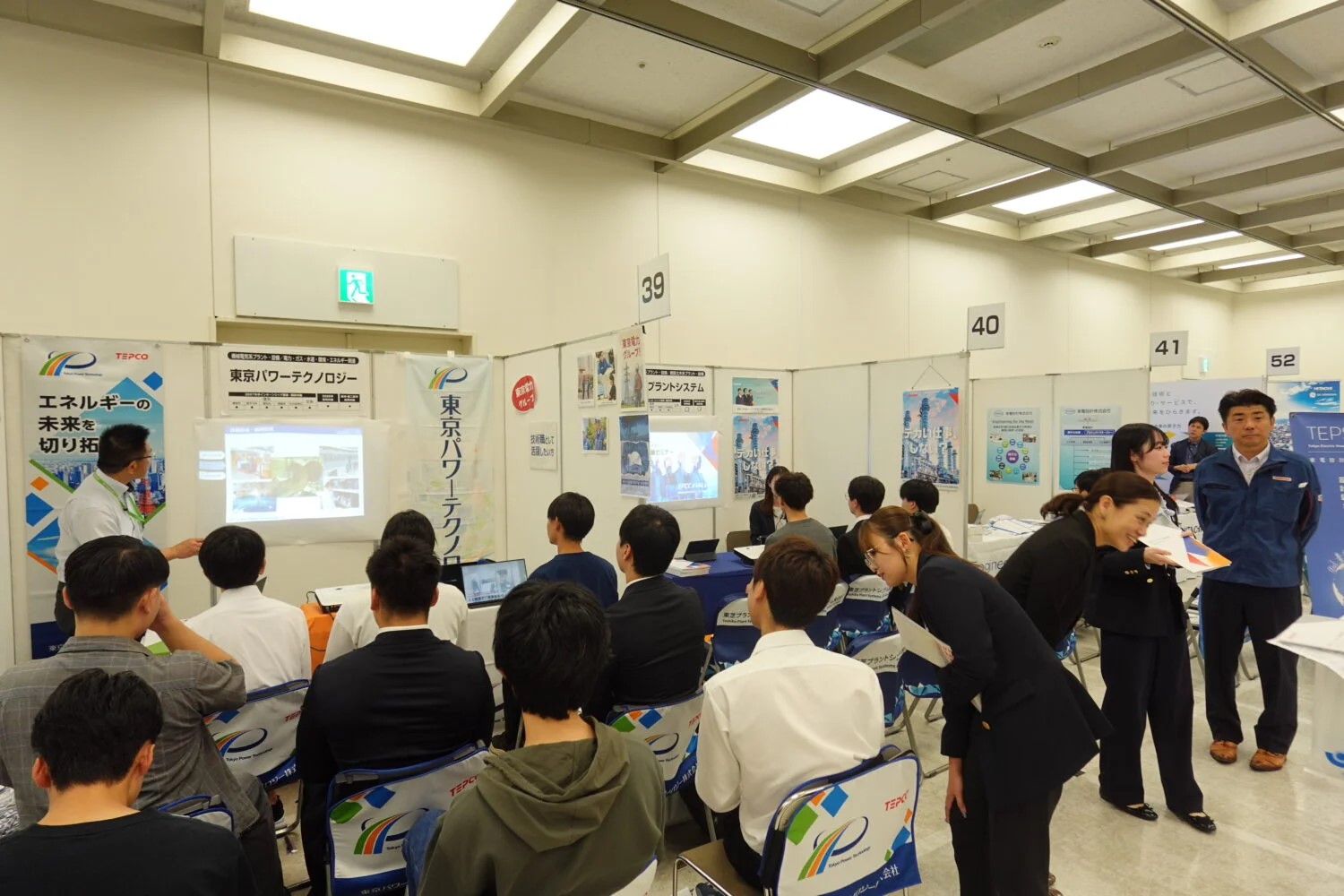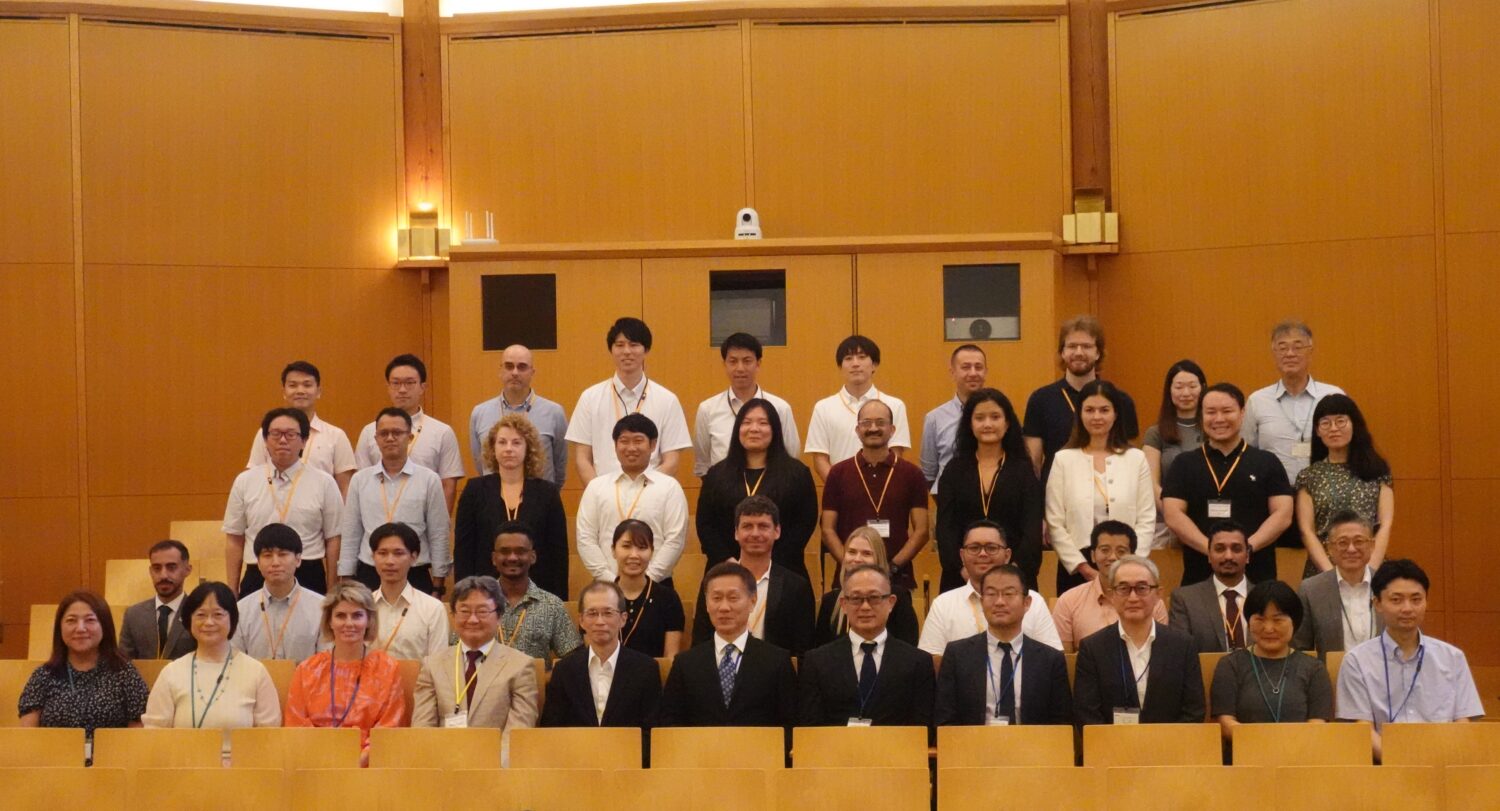Since the formulation of the current plan, progress has been made in energy conservation efforts and the restart of nuclear power plants under the fundamental premise of ensuring safety. Meanwhile, geopolitical risks related to energy security have intensified worldwide, including Russia’s invasion of Ukraine and escalating tensions in the Middle East. In response to these domestic and international energy-related developments, the Advisory Committee for Natural Resources and Energy began discussions in May 2024 to revise the Strategic Energy Plan. The draft plan was presented in December of the same year after incorporating insights from hearings with economic and consumer organizations and evaluations of power generation costs by energy source. Subsequently, it was subjected to a one-month public comment period.
The new Strategic Energy Plan reaffirms the fundamental principle of “engraving the lessons learned from the Fukushima Daiichi Nuclear Power Plant accident into our minds and actions.” It also upholds “S+3E” as its guiding perspective, emphasizing safety (S), energy security, economic efficiency, and environmental sustainability.
Regarding nuclear power, the plan highlights its superior stability in power supply, high technological self-sufficiency, cost competitiveness comparable to other power sources, minimal fluctuations, and stable output. The government and private sector will work together to promote coexistence with local communities, enhanced communication with the public, acceleration of back-end processes, and the expedited restart of nuclear power plants. Notably, the phrase “reducing nuclear dependency as much as possible”, which had been included in previous plans since the Great East Japan Earthquake, has been removed. Furthermore, the plan clarifies that new construction and replacement projects will be limited to rebuilding next-generation advanced reactors within the sites of nuclear power plants owned by operators that have decided on decommissioning.
Additionally, as a supporting reference for the plan, an energy supply-demand outlook for 2040 has been presented as supplementary material. According to this outlook, total power generation is expected to be approximately 1,100 to 1,200 TWh, with renewable energy accounting for around 40-50%, nuclear power approximately 20%, and thermal power about 30-40%.
At a press conference following the Cabinet meeting on February 18, Minister of Economy, Trade and Industry Yoji Muto addressed concerns regarding the strong public opinions on nuclear energy expressed during the public comment period. He explained that the draft had been revised to acknowledge concerns regarding safety and back-end processes. Additionally, he noted that over 40,000 comments had been submitted, viewing this as a reflection of the high level of public interest in the issue. He emphasized the government’s commitment to steadily advancing energy policies that serve as the foundation for national life and economic activities.
On the same day, alongside the new Strategic Energy Plan, the Cabinet also approved the “GX2040 Vision,” a national strategic package outlining Japan’s industrial structure around 2040, incorporating climate change countermeasures.










